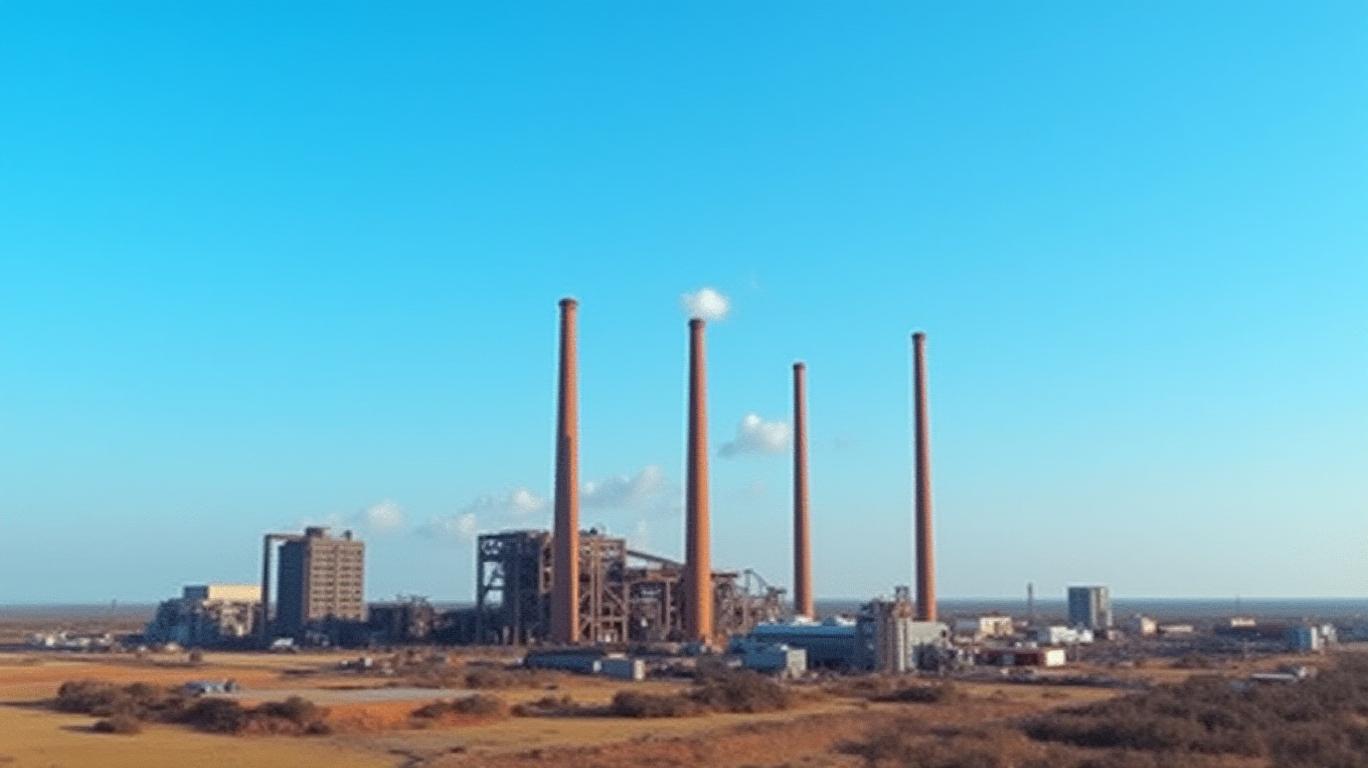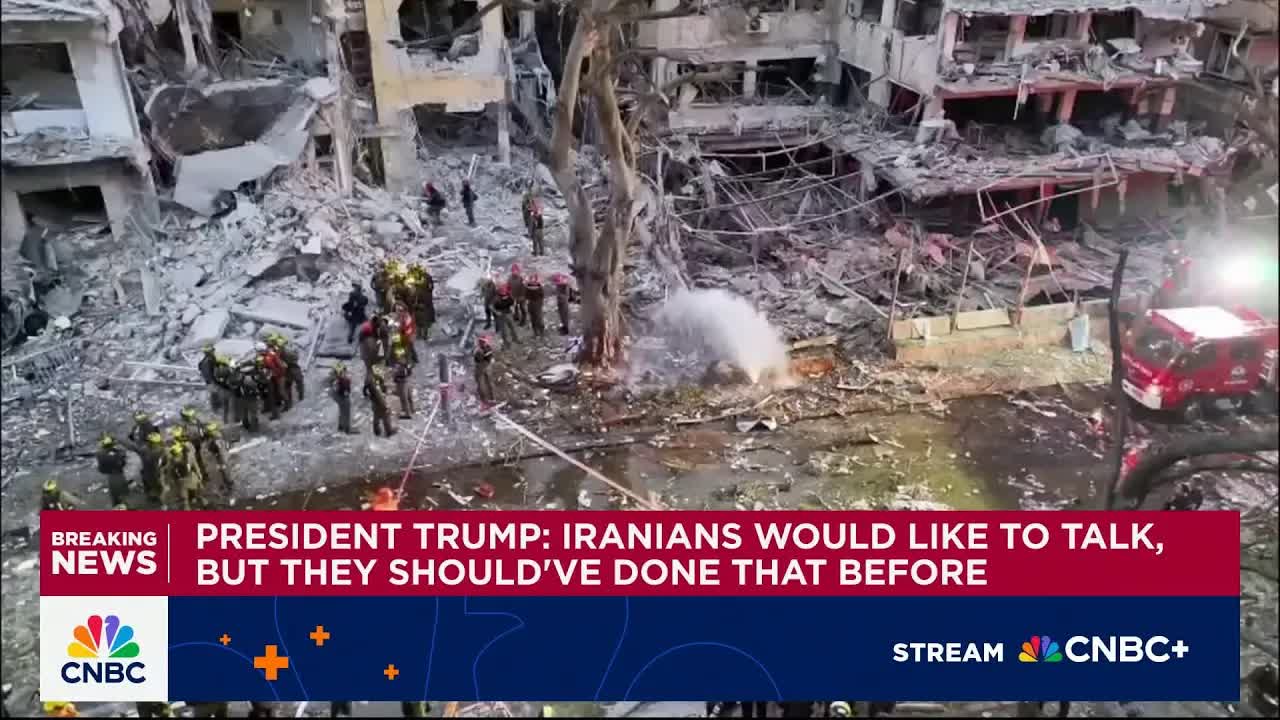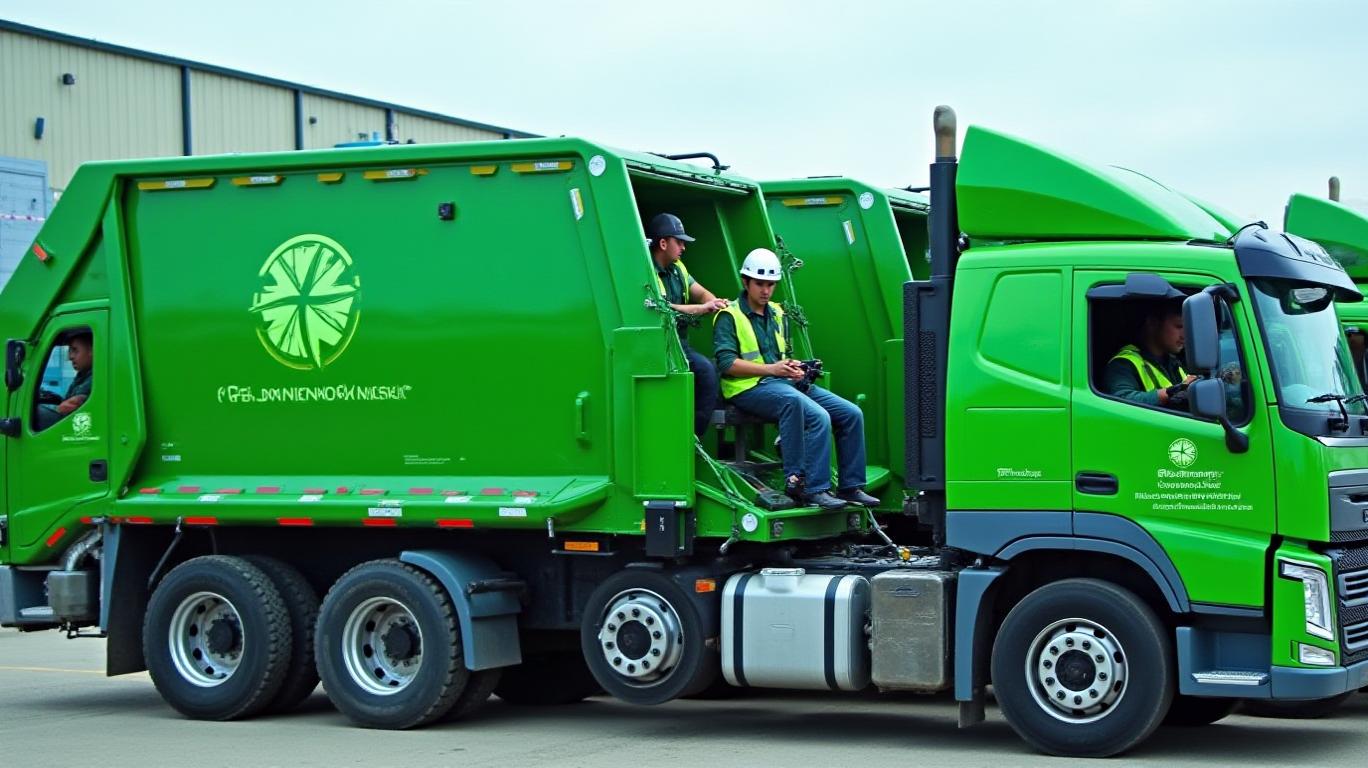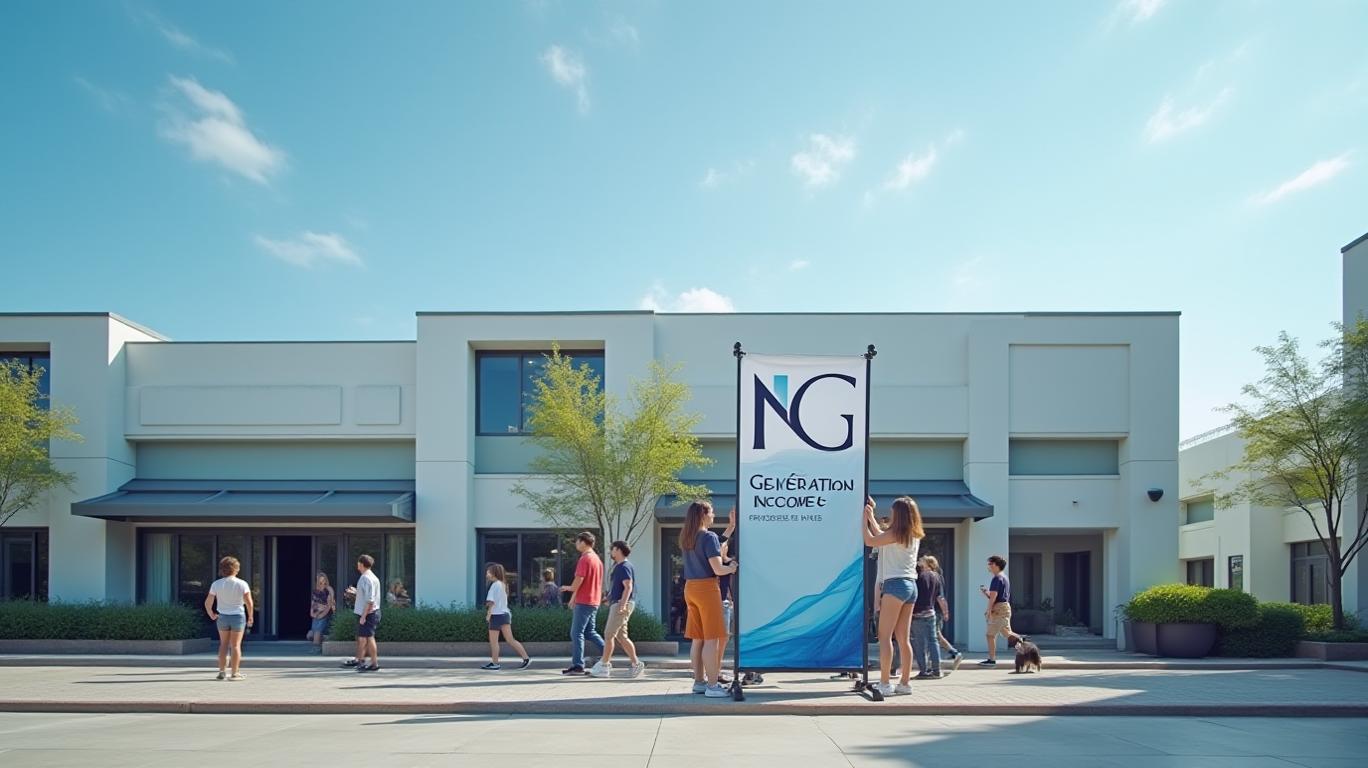GFG's Oversubscribed Financing: A Strategic Turnaround in Troubled Times?
GFG Alliance, the global industrial conglomerate, has navigated a treacherous financial landscape over the past four years, marked by the collapse of its key financier Greensill Capital in 2021 and a series of operational setbacks at its flagship Whyalla steelworks. Now, the company’s recent financing moves—highlighted by an oversubscribed private placement and a critical $150 million loan—signal a potential turning point. But is this a durable recovery, or merely a temporary reprieve for a firm still grappling with systemic challenges?

The Financing Breakthrough
The cornerstone of GFG’s recent capital raising efforts is its $150 million loan from a global credit fund, finalized in early 2025. This facility addresses immediate liquidity needs, including a $15 million unpaid water bill to SA Water and over $300 million in debts to 1,293 creditors. The loan’s proceeds will also fund repairs to the Whyalla blast furnace, which has operated at reduced capacity since mid-2024 due to coking coal shortages and maintenance issues. While terms like interest rates remain undisclosed, the financing’s closure underscores investor confidence in GFG’s restructuring efforts.
Equally significant is the upsized private placement by GFG Resources, a subsidiary focused on gold exploration in Ontario. Initially targeting C$2.7 million, the offering was increased to C$3.0 million, with 11 million Premium Flow-Through Units priced at C$0.2717 each. This oversubscription reflects investor demand for tax-efficient mining investments, particularly in Tier 1 jurisdictions like Canada. The funds will support exploration at Tahmoor, GFG’s coking coal mine, which is also being marketed for partial or full sale to raise capital for debt repayment and operational reinvestment.
Strategic Shifts and Market Context
GFG’s financing strategy aligns with broader trends in global private equity, where $1 billion+ deals surged by 34% in Q1 2025, even as overall deal counts dipped. Investors are favoring larger, stabilized assets—a dynamic that may explain the oversubscription for GFG’s Canadian mining play. Meanwhile, the Whyalla steelworks’ $2.4 billion government-backed support package (including wage guarantees) provides a critical lifeline, though operational challenges persist. The plant’s blast furnace, now operating at 10 of 12 tuyeres, still faces technical hurdles, including high silica content in iron production.
The sale of GFG’s equity in the Tahmoor Coking Coal Mine, valued at up to $500 million, remains pivotal. Proceeds from this transaction—pending board approval—could reduce leverage and fund Whyalla’s supplier payments. However, delays in finalizing the sale and resolving creditor disputes underscore lingering risks.
Risks and Remaining Challenges
Despite the financing wins, GFG’s path to sustainability is fraught with obstacles:
1. Operational Hurdles: The Whyalla plant incurs $1 million daily losses, and blast furnace repairs remain incomplete.
2. Debt Overhang: While the Greensill settlement deleverages GFG, $1.3 billion in claims from Credit Suisse and other creditors loom large.
3. Market Volatility: Steel and coal prices have declined 6% and 7%, respectively, since late 2023, squeezing margins.
Conclusion: A Fragile Turnaround?
GFG’s oversubscribed financing rounds—particularly the Canadian private placement—mark a critical step toward stabilizing its balance sheet. The $150 million loan addresses immediate liquidity needs, while the Tahmoor sale could provide a long-term funding solution. However, the company’s success hinges on executing operational repairs at Whyalla, resolving creditor disputes, and navigating a commodities market under pressure.
Crucially, GFG’s Pro-Forma cash reserves (€222 million) and improved NFCF (€23 million annual improvement) suggest short-term resilience, but its debt-to-equity ratio—likely over 200% post-financing—remains precarious. Investors should weigh GFG’s strategic pivot toward decarbonization (e.g., its UAE green iron partnership) against its history of operational missteps.
In a market where private equity LBO multiples hit 11.7x in Q1 2025, GFG’s valuation could improve if it achieves its 2025 target of Adjusted EBITDA breakeven. Yet, until Whyalla’s blast furnace runs at full capacity and Tahmoor’s sale is finalized, this remains a high-risk, high-reward bet.
The verdict? GFG’s financing milestones are a necessary step forward, but the road to a sustainable recovery is long—and littered with potholes.










